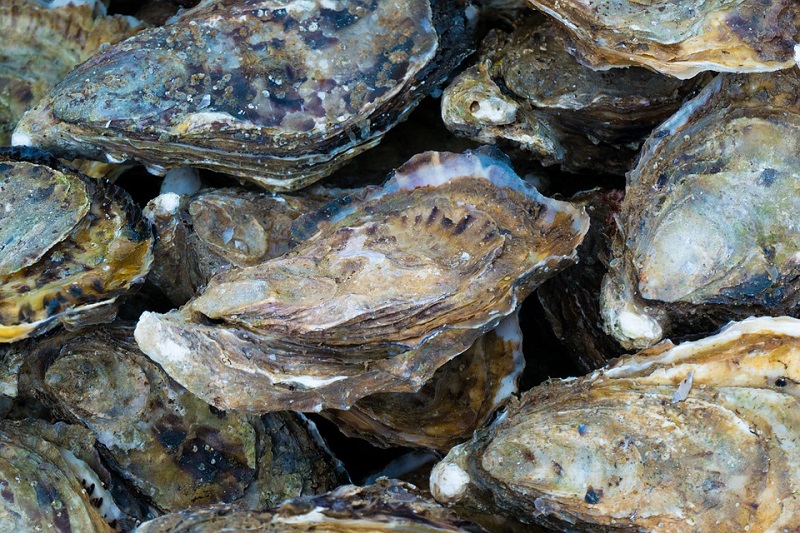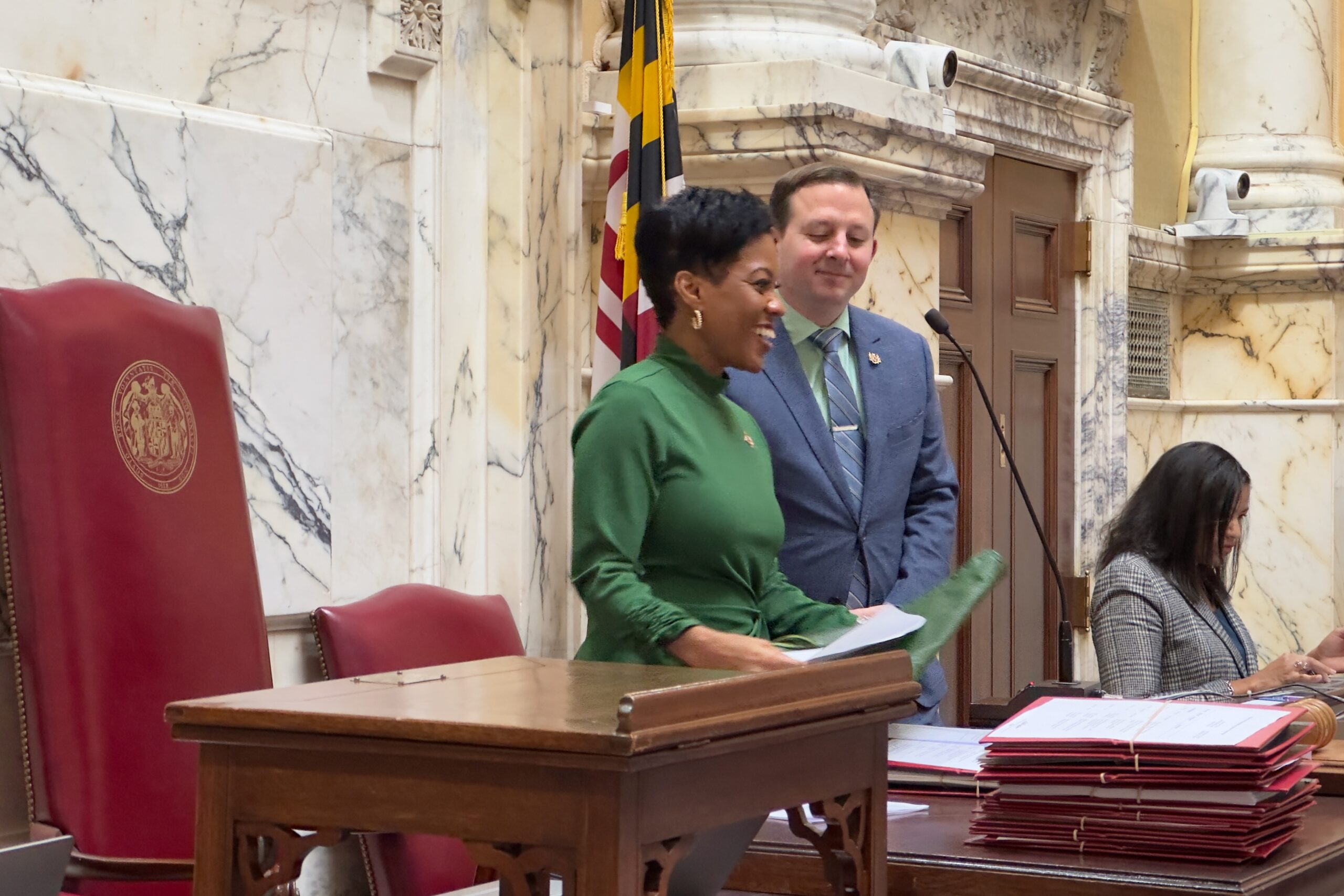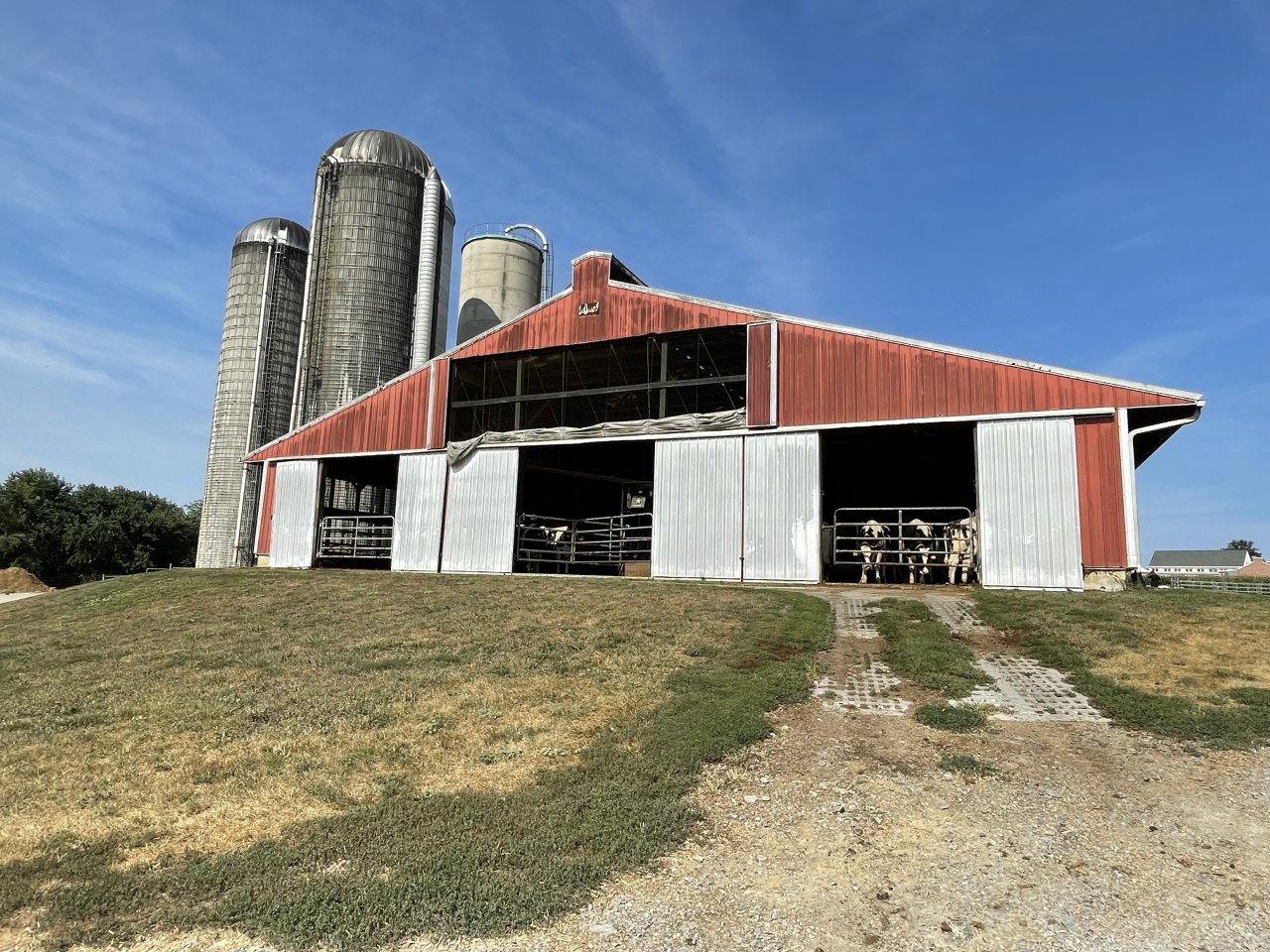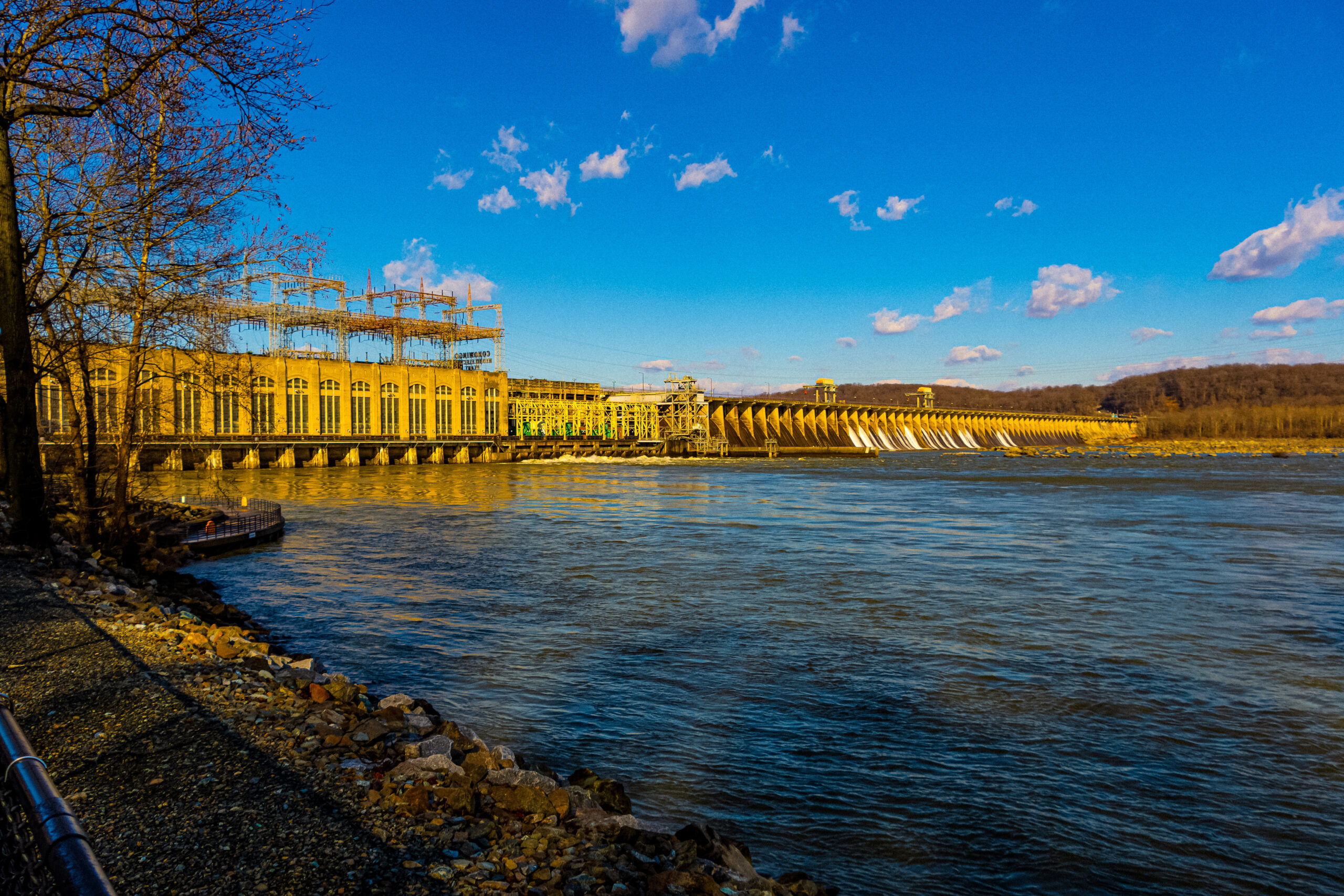
By Capt. Rob Newberry
The writer is chairman of the Delmarva Fisheries Association.
Earlier this month, Shore Rivers, the Chesapeake Bay Foundation, the Sierra Club and other environmental advocacy groups met at an Eastern Shore Environmental Legislative Review Summit.
In reviewing the summit proceedings, it is clear there is a surge of focus on the continuing impact of pollution on the Chesapeake Bay.
This is welcome news for everyone interested in the health well-being and a brighter future for the Bay.
The Delmarva Fisheries Association has been raising the alarm on pollution’s devastating impact on the Bay for an exceptionally long time. The association has also been researching and proposing ideas on meaningful and measurable ways to help address this negative impact. For the Maryland watermen who our fisheries group represents, commercial wild fishing is not just a job, it is a unique way of life; in some cases, spanning multiple generations. A healthy Bay is one element of their being able to continue that way of life.
That said, it was disheartening that observations were made at the summit that the oyster population in the Bay is nowhere near where it was years ago, and the oyster population is not rebounding. No one can dispute that the oyster population is anywhere near where it was many years ago.
Observations that the oyster population is not rebounding is another matter. It is an opinion not supported by the facts.
Based on reports from the Maryland Department of Natural Resources, the number of oysters harvested over the previous four years has increased dramatically; the number of oysters harvested over the previous three years has increased over 200%; the biomass on oysters harvested has increased and the spat set from which full-grown harvestable oysters grow has increased.
This rebound led the DNR to add one day of oyster harvesting per week to its harvesting regulations. Such information should be part of all discussions and deliberations regarding all oyster recovery proposals.
These recent rebounds in numbers as well as future rebounds in numbers are inconvenient truths for doom and gloom storytellers who regularly use bad news about the Bay in endless fundraising campaigns. These storytellers are more focused on using incomplete, misleading or even incorrect information to encourage well-intentioned but misinformed members of the public to donate money to their organizations.
The real focus should always be on two questions – could Maryland do better on oyster restoration and how? The answers are yes and expect details on exactly how in subsequent DFA guest commentaries.
Members of the Delmarva Fisheries Association have several cost-effective environmentally friendly proposals designed to help ensure future rebounds of oyster populations occur with even greater positive results.
Developing, presenting and generating support for such proposals are part of advancing a key element in the association’s mission statement – a pledge to work with any group committed to the rejuvenation, economic stability and growth of the fisheries in the Delmarva region.
Going forward, fisheries association is committed to working with all key stakeholders and decision makers who share a reliance on facts (not opinions) in collaborative efforts to promote the most effective ways to help ensure the Bay not only survives but also thrives.
We look forward to bringing our knowledge and expertise wherever, whenever and however there are fact-based/measurable performance driven discussions on this goal. Working together we can, and we will, address the still daunting challenges of improving the health of the Bay.
The Bay and those who love it as a place to make a living, continue a unique way of life and/or enjoy using it for a wide range of recreational pursuits deserve nothing less.




 Creative Commons Attribution
Creative Commons Attribution